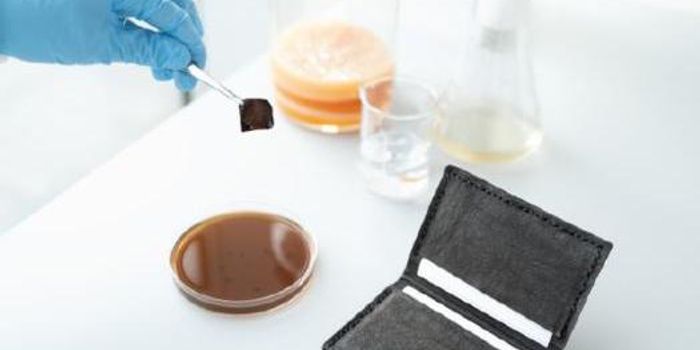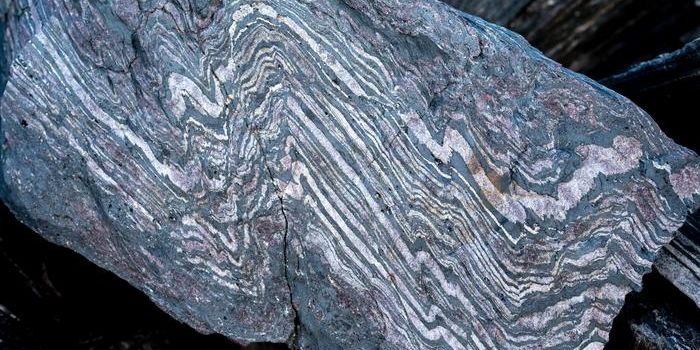Cancer-Linked Flame Retardants May be Polluting Your Car
New research has suggested that personal vehicles are laden with flame retardants that are suspected carcinogens, and the fire-safety use of these potentially cancer-causing chemicals has not even been demonstrated. These chemicals are added to the foams used in seats and other materials that compose the inside of cars. They are added to meet federal standards that are outdated, and have no proven benefit. These findings have been reported in the journal Environmental Science & Technology.
"Our research found that interior materials release harmful chemicals into the cabin air of our cars," said lead study author Rebecca Hoehn of Duke University. "Considering the average driver spends about an hour in the car every day, this is a significant public health issue. It's particularly concerning for drivers with longer commutes as well as child passengers, who breathe more air pound for pound than adults."
In this study, the investigators found flame retardants that have been associated with neurological and reproductive harms in the cabins of 101 cars that were produced in 2015 or after, in the United States. Almost every car - 99 percent - carried a chemical called tris (1-chloro-isopropyl) phosphate (TCIPP), which is a flame retardant that is now being investigated as a carcinogen by the US National Toxicology Program. There were other chemicals known as organophosphate ester flame retardants in most vehicles as well including tris (1,3-dichloro-2-propyl) phosphate (TDCIPP), and tris (2-chloroethyl) phosphate (TCEP), which are classified as California Proposition 65 carcinogens.
The researchers also tested cars in summer and winter seasons, and determined that more flame retardant chemicals are present during the summer because higher temperatures increase outgassing from the interior chemicals.
The seat foam of 51 of the cars that were tested was also analyzed; this showed that higher TCIPP levels in the seats correlate with higher TCIPP concentrations in the air of the car, which suggests that the TCIPP in the car is probably being emitted from the foam.
The retardants are added to meet US National Highway Traffic Safety Administration (NHTSA) standards that were made in the 1970s, and that have not been updated since. These flame retardants are also seriously concerning to firefighters, who are often exposed to them.
"Firefighters are concerned that flame retardants contribute to their very high cancer rates," said Patrick Morrison of the International Association of Fire Fighters. "Filling products with these harmful chemicals does little to prevent fires for most uses and instead makes the blazes smokier and more toxic for victims, and especially for first responders. I urge NHTSA to update their flammability standard to be met without flame retardant chemicals inside vehicles."
Some previous research has also suggested that the average American kid has lost three to five IQ points because of flame retardant exposure. Higher levels of flame retardants in the blood has also been associated with a risk of cancer death that is four time higher than those with the lowest levels.
Sources: Green Science Policy Institute, Environmental Science & Technology




















































